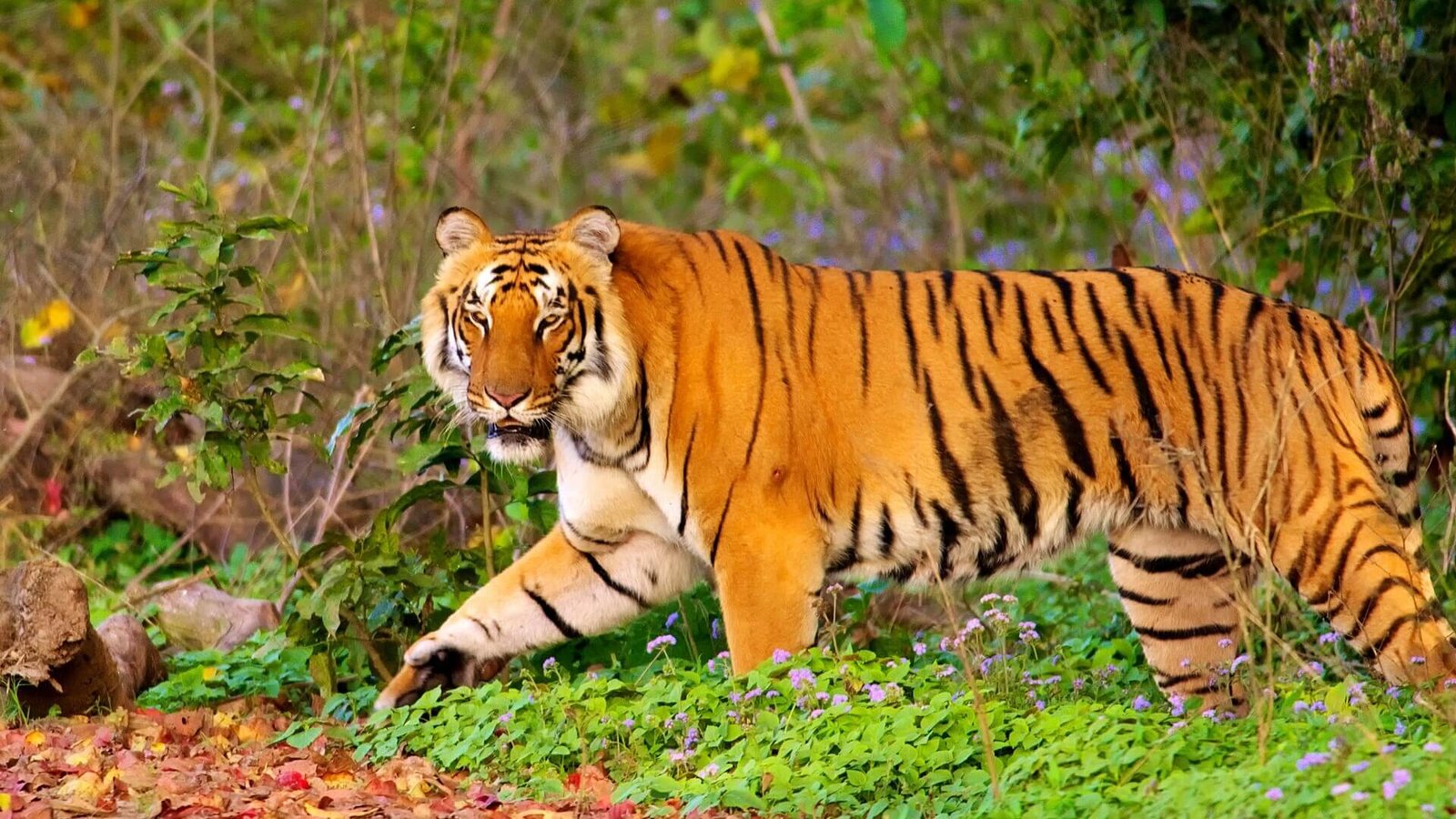Jim Corbett National Park, located in the scenic landscapes of Uttarakhand, India, is often synonymous with the majestic Royal Bengal tigers that inhabit its dense forests. However, the allure of Jim Corbett extends far beyond the elusive tigers, offering visitors an immersive experience into the heart of biodiversity.
Spread across a sprawling expanse of 520 square kilometres, the park was established in 1936 as Hailey National Park and later renamed in honor of the legendary British hunter-turned-conservationist, Jim Corbett. While the park is indeed home to a significant population of tigers, it boasts a diverse array of wildlife, including elephants, leopards, crocodiles, and various species of deer and birds.
The popular safari rides in Jim Corbett often revolve around the quest to spot tigers, but the park offers much more. The different zones, such as Dhikala, Bijrani, Phato, Sitabani, Durga Devi, Garjia, and Jhirna, provide distinct experiences, allowing visitors to explore varied landscapes and encounter a multitude of wildlife.
For bird enthusiasts, Jim Corbett is a paradise with over 600 bird species, including the crested serpent eagle, great hornbill, Indian pitta, kingfishers, Himalayan bulbul, grey-headed fishing eagle, and Indian Peafowl. The park’s avian wonderland makes it an ideal destination for birdwatching, with the opportunity to spot rare migrating birds.
Beyond its wildlife, Jim Corbett is adorned with diverse flora, showcasing a visual treat that transforms with the seasons. From the vibrant bloom of wildflowers in spring to the lush greenery of the monsoons, the park features trees like Kachnar, Semal, Dhak, Madaar, Sal, Khair, Sissoo, Chir Pine, and Bamboo.
The park is crisscrossed by rivers and streams such as Ramganga, Kosi, and Sonanadi, enhancing its scenic beauty and serving as vital lifelines for the diverse ecosystem. Visitors can enjoy serene boat rides, fishing, and the chance to witness wildlife congregating along the riverbanks.
Jim Corbett National Park is not just a natural wonder but also a repository of rich culture and heritage. Indigenous communities like the Van Gujjars, Tharu, and Korwa add a cultural dimension to the experience. Interacting with these communities provides insights into their traditional lifestyles, customs, and folklore, enriching the overall visit.
The park’s indigenous communities have a rich oral tradition, passing down myths, legends, and folk tales that deeply connect with the local landscape and wildlife. Traditional performances, including music and dance, offer a glimpse into the community’s history, beliefs, and way of life.
The culinary delights of the Jim Corbett region reflect the traditional flavors of the Kumaon region in Uttarakhand. Dishes like Bhatt ki Churdkani, dabuk, aloo ke gutke, arsa, gahat ki dal, and bhang ki chutney provide a taste of the local cuisine.
The best time to visit Jim Corbett is during the winter months, from November to February, when the weather is cool and pleasant. The park remains open from mid-November to mid-June, allowing wildlife enthusiasts and nature lovers to enjoy safaris and outdoor activities without the discomfort of extreme heat.
The proximity of Jim Corbett National Park to Delhi-NCR makes it a popular option for weekend getaways. Additionally, the region offers luxurious accommodations that provide a taste of the ‘good life’ amid nature, with activities ranging from archery to spa treatments.
In conclusion, a trip to Jim Corbett National Park should be approached with an open mind, recognizing that the experience goes beyond the quest for tiger sightings. The park’s diverse wildlife, captivating landscapes, rich culture, and delectable cuisine collectively contribute to an unforgettable journey into the heart of nature.
Paris sightseeing
Book Paris activities
Louvre museum paris
Paris limousine rental
Rolls Royce Paris
Eiffel Tower Paris
Airport Transfer Paris
Book Paris Taxi
Seine River Cruise
Wine Tasting Paris
Paris luxury hotels
Switzerland luxury hotels
Europe Car rental
Europe coach rental
Paris Limousine
Dior Paris
Beauvais Airport transfer
